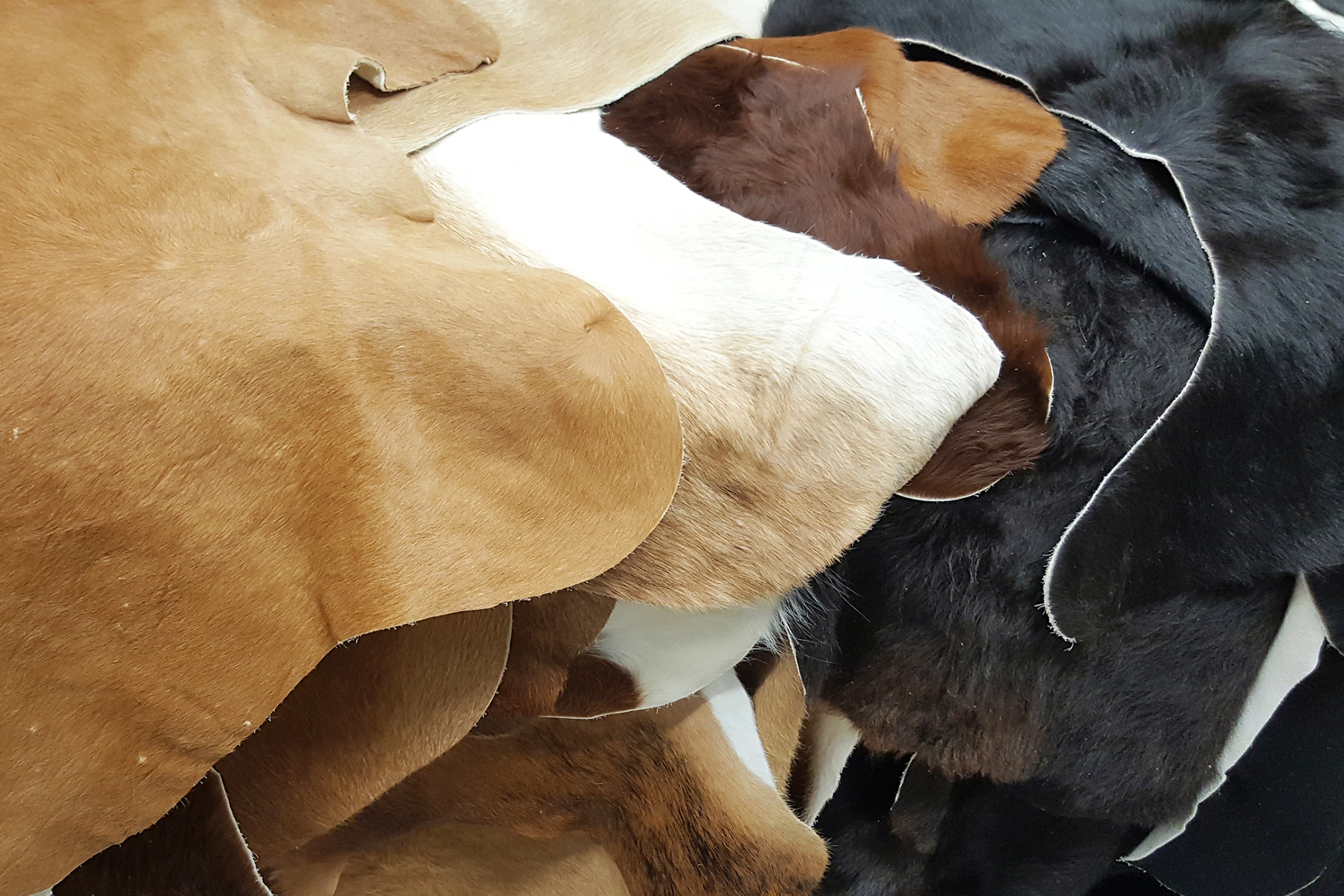Let’s talk about how BSR can help you to transform your business and achieve your sustainability goals.


Let’s talk about how BSR can help you to transform your business and achieve your sustainability goals.